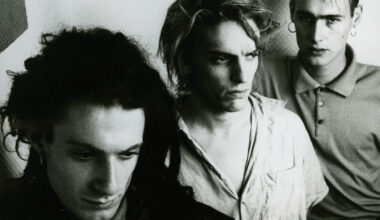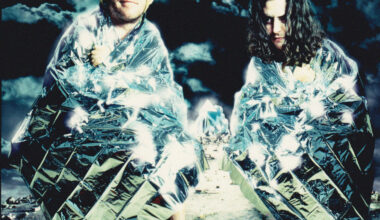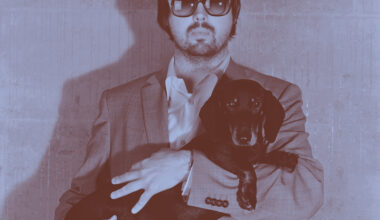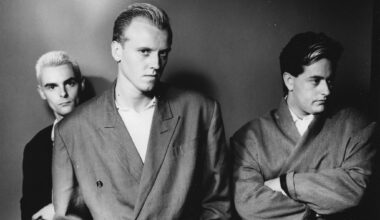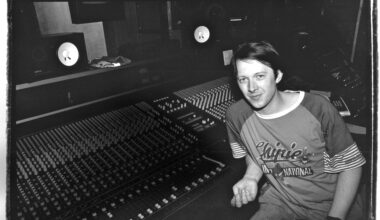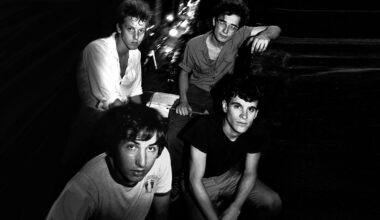Maximum Joy’s Janine Rainforth recalls the making of the Bristol post-punk band’s 1981 debut ‘Stretch’, a dub-inspired single which became a surprise hit on the dancefloors of NYC
Want to read more?
Sign up to Electronic Sound Premium to gain access to every post, video, special offers, and more. 100%, all you can eat, no commitment, cancel any time.
Already a premium member? Log in here
